[無料ダウンロード! √] dri vs rda 593105-Is dri and rda the same thing
If data about variability in requirements are insufficient to calculate an SD, a coefficient of variation for the EAR of 10 percent is ordinarily assumed (RDA = 12 x EAR)The DRIs are a common set of reference values for a healthy population based on the relationships between nutrient intakes and health or the prevention of disease DRI is a generic term for a set of nutrient reference values that include the EAR, the RDA, the AI and the ULThere is a great misunderstanding about vitamins and minerals among most people today One large part of misinformation is the RDI "Recommended Daily Intake" and RDA " Recommended Daily Allowance" Most people believe that this is the most or highest levels of any vitamins and minerals that can be taken

Calcium And Vitamin D Recommended Dietary Allowances Rda By Life Stage 1 Download Table
Is dri and rda the same thing
Is dri and rda the same thing-Chapter 2 DRI & RDA STUDY PLAY DRIDietary Reference Intake a set of five lists of values for measuring the nutrient intakes of healthy people is used in nutrition research and policy making and is the basis upon which RDA values are set acceptable macronutrient distribution ranges What Is the Difference Between DRI & Daily Value?




8 4 Dietary Reference Intakes Dris Nutrition Flexbook
The Research Data Alliance (RDA) is a volunteer community of over 10,500 professionals from 145 countries across the globe In less than two months, the community responded to an urgent call for action and defined much needed, comprehensive recommendations and guidelines for data sharing under the present COVID19 circumstancesUnderstanding the Difference There is a distinct difference between a requirement and a recommendation For instance, the DRI for vitamin D is a recommended 600 international units each day However, in order to find out your true personal requirements for vitamin D, a blood test is necessary The blood test will provide an accurate reading from which a medical professional canRDAs, NRVs and DVs for vitamins and minerals Food supplements feature slightly different values, selected for labelling purposes, known as the NRV (Nutrient Reference Value) in the UK/EU, and the DV (Daily Value) in the US Different criteria were used to define these,
√100以上 dri vs rda Dri vs rda RDI RDI, or Reference Daily Intake, is very similar to the DRV The key difference, however, is that Daily Reference Value refers to nutrients the average person eats on a meal to meal basis, like sodium and carbsOct 21,DRI = dietary reference indexUL = upper level tolerance intakeRDA = Recommended dietary allowanceAI = adequate intakeDV = daily value (I know, I didn't say t The Real Difference Between DRA and DRI The primary difference between DRA and DRI is the relationship between the appropriate behavior that is reinforced and the target behavior Many times your client benefits more from either an intervention that focuses more on the function of the target behavior or the form of that behavior
What is the difference between RDA, DV and NRV? The current RDAs were replaced and elaborated with Dietary Reference Intakes (DRIs) to give information about nutritional needs for different settings DRIs comprise four reference values Recommended Dietary Allowance (RDA) It is the average everyday intake of a nutrient that is enough to meet the requirement of 97%98% of healthy people RDI and RDA's, what are they?
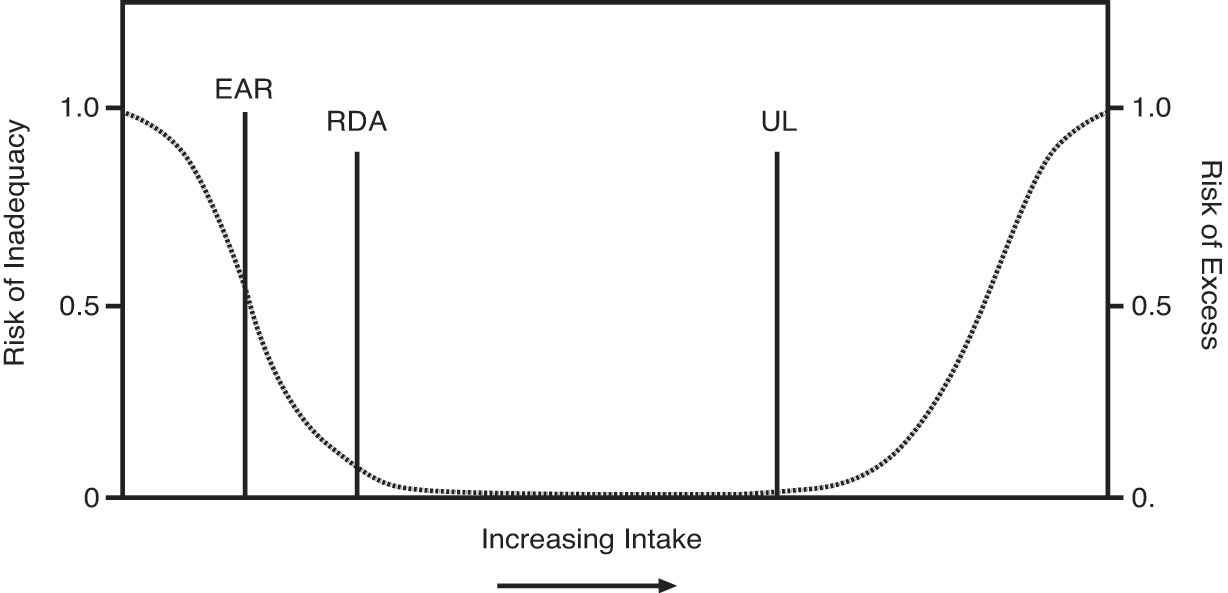



2 7 Understanding Dietary Reference Intakes Dri Medicine Libretexts



Summary Report Of The Dietary Reference Intakes National Academies
** The RDAs were established and periodically revised by the Food and Nutrition Board Value shown is the highest RDA for each nutrient, in the year indicated for each revision *** The Dietary Reference Intakes (DRI) are the most recent set of dietary recommendations established by the Food and Nutrition Board of the Institute of MedicineDRI is the general term for a set of reference values used to plan and assess nutrient intakes of healthy people These values, which vary by age and sex, include Recommended Dietary Allowance (RDA) average daily level of intake sufficient to meet the nutrient requirements of nearly all (97%98%) healthy peopleThe DRI and daily value both provide information about nutrients, but the DRI establishes the guidelines for how much of each nutrient you need,




Nutribites Webinar Series Sodium Too Much Too Little




Rda Vs Rdi Vs Dri
A Dietary Reference Intake (DRI), specifically, an Adequate Intake (AI), has been set for alphalinolenic acid (ALA) by the Institute of Medicine (IOM) of The National Academies This amount is based on an intake that supports normal growth and neural development andDietary Reference Intakes (DRI) The Dietary Reference Intakes (DRI) include two sets of values that serve as goals for nutrient intake—Recommended Dietary Allowances (RDA) and Adequate Intakes (AI) The RDA reflect the average daily amount of a nutrient considered adequate to meet the needs of most healthy people If Abstract The new Dietary Reference Intakes (DRIs) are a set of four nutrientbased reference values that replace the former Recommended Dietary Allowances (RDAs) in the United States and Recommended Nutrient Intakes (RNIs) in Canada The DRIs differ from the former RDAs and RNIs in that, in addition to preventing nutritional deficiency, the



1



2
RDA 3 is the third phase of RDA Europe, and DRI are partners in this phase via an Horizon Coordinating and Support Activity (CSA) grant Our Director Dr Natalie Harrower is on the Board of Directors and our Digital Archivist Rebecca Grant is the European cochair of the Archives and Records Professionals for Research Data Interest Group A Nutrient recommendations used to be primarily listed as RDAs (Recommended Dietary Allowances) Now you may see nutrientrecommendations listed as DRIs (Dietary Reference Intakes) DRIsincludeRDA means Recommended Daily Allowance This guideline for dietary and nutrient quantities was developed in the US by the Federal government RDI means Reference Daily Intake
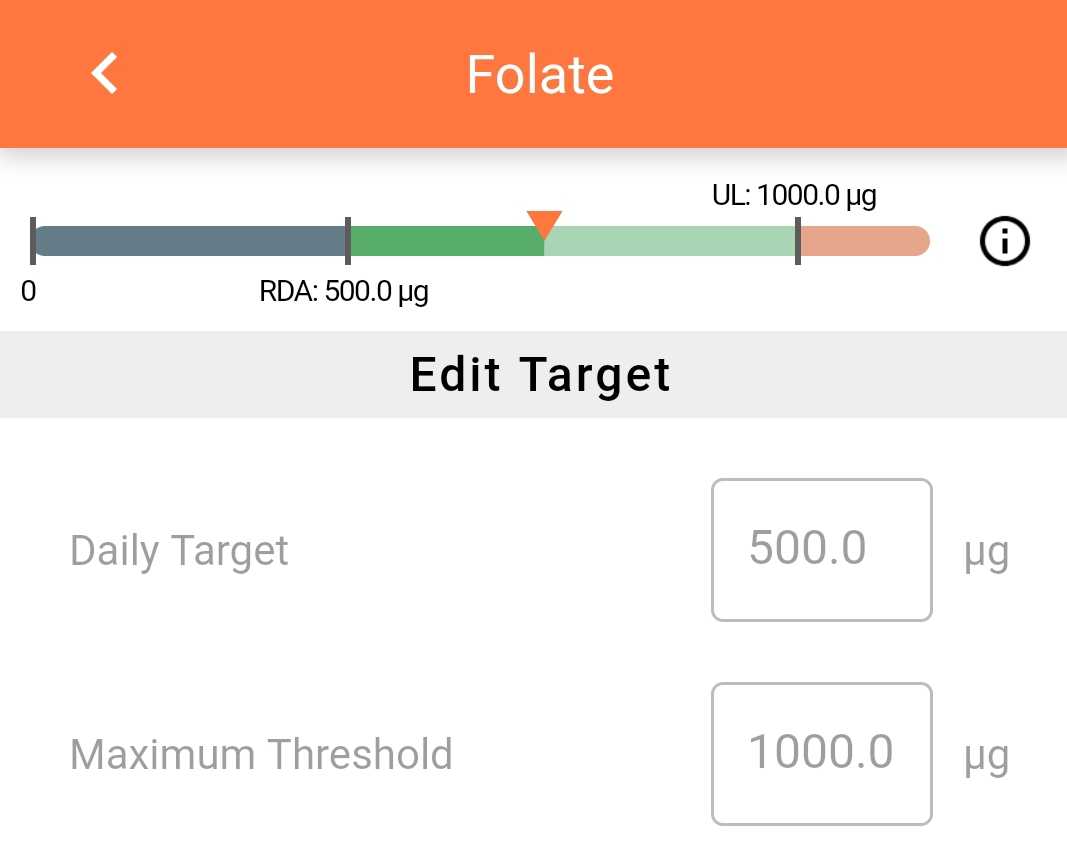



Dietary Reference Intakes Dris Cronometer
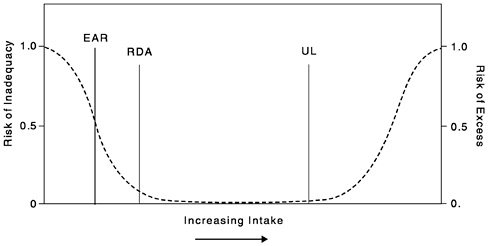



1 Introduction And Background Dietary Reference Intakes Applications In Dietary Assessment The National Academies Press
Recommended Dietary Allowance (RDA) vs Daily Value (DV) In general, the more calories you consume, the more vitamins and minerals you will need Daily Values (DVs) are based on the caloric intake 2,000 Calories per day, so if you consume, for example, 3,000 Calories per day, your vitamin and mineral requirements will be 15 times as high as the Daily Values listed on the NutritionAnd "foodbased" versus "100% whole food" (see Innate Choice™ Healthy News volume 9 Sep 13,DRI is the general term for a set of reference values used for planning and assessing nutrient intakes of healthy people These values, which vary by age and gender, include Recommended Dietary Allowance (RDA) Average daily level of intake sufficient to meet the nutrient requirements of nearly all (97%–98%) healthy individuals;




Vitamins And Minerals The Dietary Reference Intakes Dri Establishing Nutrient Recommendations Estimated Average Requirement Ear Requirement Of A Ppt Download
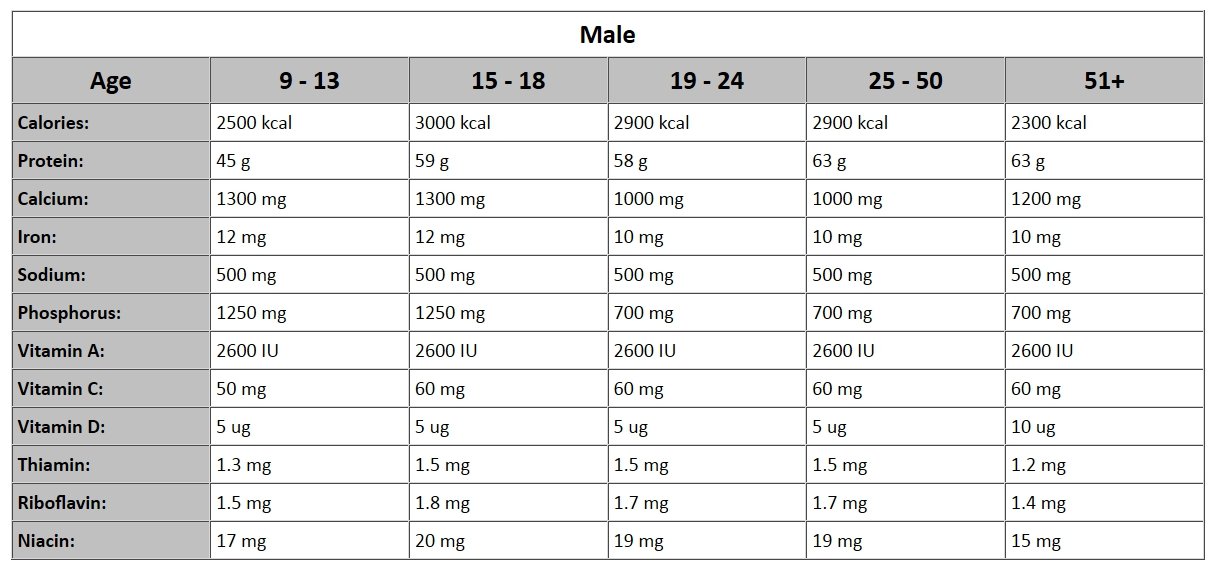



Ifa Usda Nutritional Recommended Daily Allowances
If sufficient scientific evidence is not available to establish an EAR on which to base an RDA, an AI is derived instead The AI is the recommended average daily nutrient intake level based on observed or experimentally determined approximations or estimates of nutrient intake by a group (or groups) of apparently healthy people who are assumed to be maintaining an adequate nutritional stateFrom 1941 to 19, the IOM's FNB released the RDAs The RDAs are a single set of nutrientspecific values During deliberations in the mid1990s, the FNB decided to replace this single set of values with multiple sets of values, including the EAR, RDA, AIRDI (Reference Daily Intake) is a populationadjusted RDA based on all ages and sex groups of RDA values It is numerically identical to the highest RDA value for any group It was developed for foodlabelling purposes (Note RDA's differ among groups of people, such as men, women, children, the aged, different races, etc )
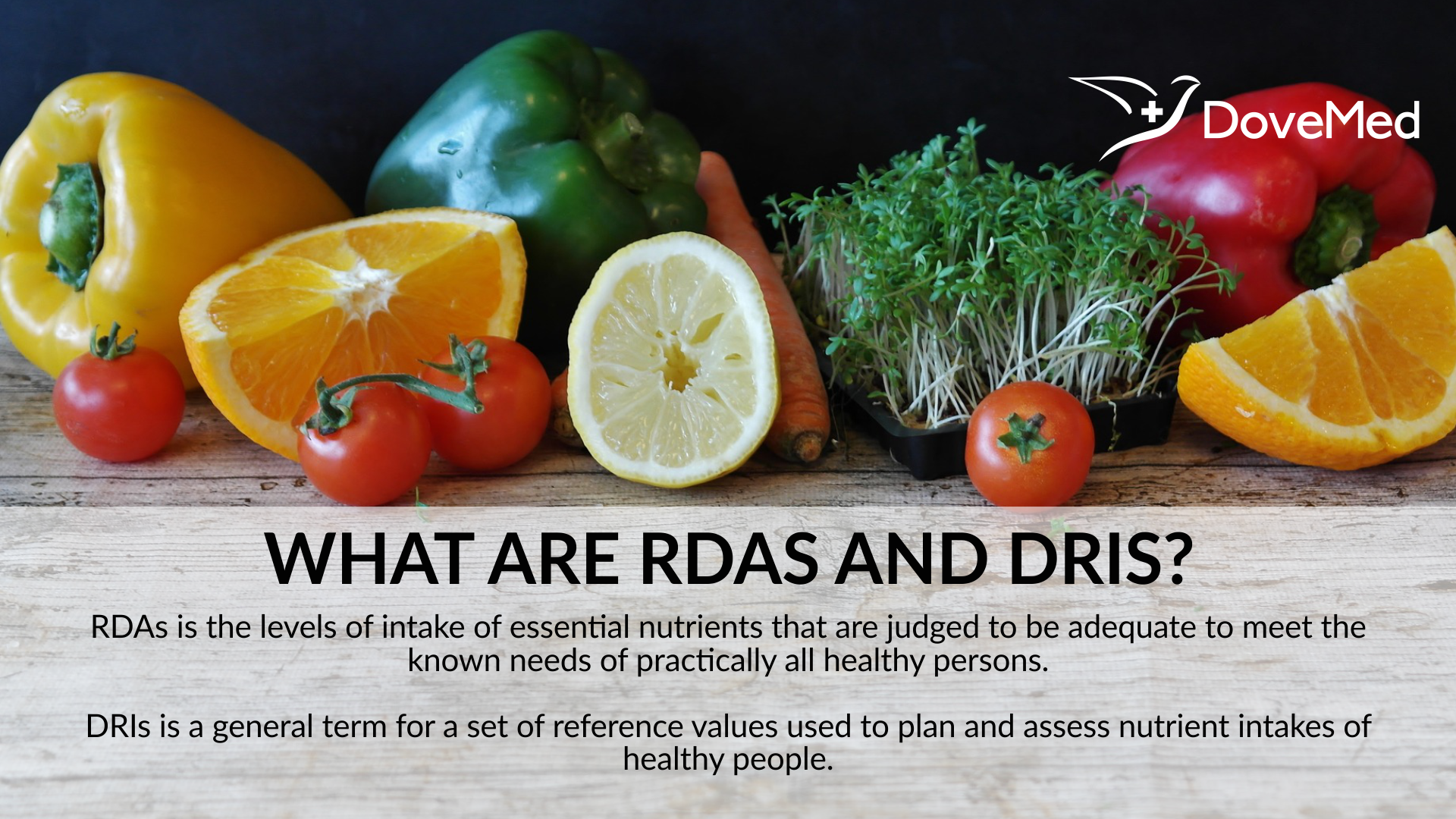



What Are Rdas And Dris




Dri Ear Rda Ai Ul Making Sense Of This Fgamedia Org
Dietary Reference Intakes (DRIs) are a set of values used to plan a healthy diet Learn about the DRI values Estimated Average Requirements (EARs), Recommended Dietary Allowances (RDAs), AdequateStart studying DRI, RDA, AI, UL, EAR, DV, and AMDR and their uses Learn vocabulary, terms, and more with flashcards, games, and other study toolsAbout Press Copyright Contact us Creators Advertise Developers Terms Privacy Policy & Safety How works Test new features Press Copyright Contact us Creators




National Nutrition Public Health Policies Issues Related To Bioavailability Of Nutrients When Developing Using Dietary Reference Intakes Allison A Ppt Download




Figure 1 From Dietary Reference Intake Dri Value For Dietary Polyphenols Are We Heading In The Right Direction Semantic Scholar
What are the Recommended Dietary Allowances (RDAs) and the Dietary Reference Intakes (DRIs)?RDA is Recommended Daily Allowance and DRI is Dietary Refence intake which can either be RDA or even AI (Adequate intake)The RDA is set at the EAR plus twice the standard deviation (SD) if known (RDA = EAR 2 SD);
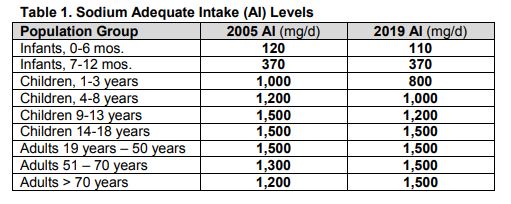



National Academies Release Dietary Reference Intakes For Sodium And Potassium Lexology




The Rda And Dri Nutrition Guide Karel S Nutrition Blog
The RDA was last revised in 19, and is rather outdated Parts of it are replaced by the Dietary Reference Intakes (DRI), the most recent dietary guidelines by the Food and Nutrition Board of the Institute of Medicine, National Academy of Sciences, , in a collaboration betweenOften used to plan nutritionally adequate diets forDRI vs RDA Apparently the Recommended Daily Allowance (RDA) currently used in the United States is in the process of being revamped in a collaboration with Canada As there is a collection of new scientific data on what human bodies need, the RDA will soon become the Dietary Reference Intake (DRI)




Options For Basing Dietary Reference Intakes Dris On Chronic Disease Endpoints Report From A Joint Us Canadian Sponsored Working Group Abstract Europe Pmc




Dri Terms Dietary Reference Intakes Flashcards Quizlet
Dietary Reference Intakes for Sodium and Potassium Potassium and sodium are interrelated, essential nutrients that play vital for adequacy as EARs and RDAs Furthermore, there is insuffi cient evidence to establish a toxicological risk level from highUnderstanding the Difference There is a distinct difference between a requirement and a recommendation For instance, the DRI for vitamin D is a recommended 600 international units each day However, in order to find out your true personal requirements for vitamin D, a blood test is necessary The blood test will provide an accurate reading from which a medical professional can RDA and DRI What they stand for and why they're important RDA Stands for recommended dietary allowance and is the basis for the percent daily values you see on nutrition and supplement labels




Dri Vs Rda Youtube




63 391 Basic Human Nutrition Food Choices Human
The new Dietary Reference Intakes (DRIs) are a set of four nutrientbased reference values that replace the former Recommended Dietary Allowances (RDAs) in the United States and Recommended Nutrient Intakes (RNIs) in Canada"naturallyderived" versus "100% natural";All foods come with a variety of labels and nutritional information that flies straight over the heads of most people It is there to benefit the consumer, so that they can understand exactly what they're putting into their bodies, and to make an informed decision




Pdf Implementation Of Dietary Reference Intake Standards In Prison Menus In Poland Semantic Scholar




Dietary Reference Values Drv Dietary Reference Intakes Dri For Download Table
DRI is the general term for a set of reference values used to plan and assess nutrient intakes of healthy people These values, which vary by age and sex, include Recommended Dietary Allowance (RDA) average daily level of intake sufficient to meet the nutrient requirements of nearly all (97%98%) healthy people The RDA is designed to satisfy the nutrient requirement for most healthy individuals and thus, exceeds the nutrient need for most people The "D" does not mean daily, but dietary A person does not need to meet the RDA every day but is the average intake needed every 37 days The RDA is categorized by age, sex, lactation, and pregnancyThe Dietary Reference Intakes (DRIs) are a set of scientifically based nutrient reference values for healthy populations The DRIs for various groups of nutrients have been developed over a span of time, with reports on all of the nutrients published between 1997 and 04 Recently, Dietary Reference Intakes for Calcium and Vitamin D have been




The Rda And Dri Nutrition Guide Karel S Nutrition Blog




Institute Of Medicine S Dris For Calcium And Vitamin D Dairy Nutrition
Daily Value vs % Daily Value First, let's look at how Daily Value (DV) and Percent Daily Value (%DV) work together DVs are the recommendedDRI Component Description Estimated Average Requirement (EAR) Reflects the estimated median requirement and is particularly appropriate for applications related to planning and assessing intakes for groups of persons Recommended Dietary Allowance (RDA) Derived from the EAR and intended to cover the requirements for 9798 The Dietary Reference Intake (DRI) is a system of nutrition recommendations from the National Academy of Medicine (NAM) of the National Academies (United States) It was introduced in 1997 in order to broaden the existing guidelines known as Recommended Dietary Allowances (RDA s, see below)
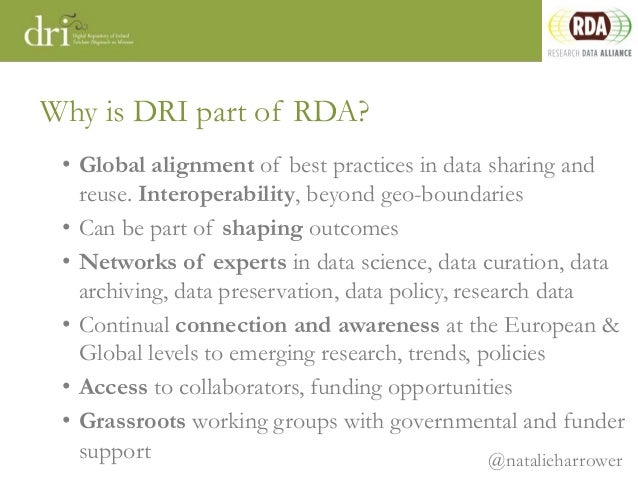



Natalie Harrower Dri Rda And Ireland




Cracking The Code On Food And Nutrition Labels
Uses of Dietary Reference Intakes for Healthy Individuals and Groups RDA = Recommended Dietary Allowance EAR = Estimated Average Requirement Recommended Dietary Allowance (RDA) the average daily dietary intake level that is sufficient to meet the nutrient requirement of nearly all (97 to 98 percent) healthy individuals in a groupRDI, RDA, and DV The Inconvenient Truth In previous emails we carefully explained how to determine the critical differences between "organiccontaining" versus "100% organic";




Nutritional Standards Nfsc 100 Dri Food Labels Dietary Guidelines My Pyramid Ppt Download




Daily Intake Of Vitamins And Minerals X Sd Download Table




Nkf Kdoqi Guidelines
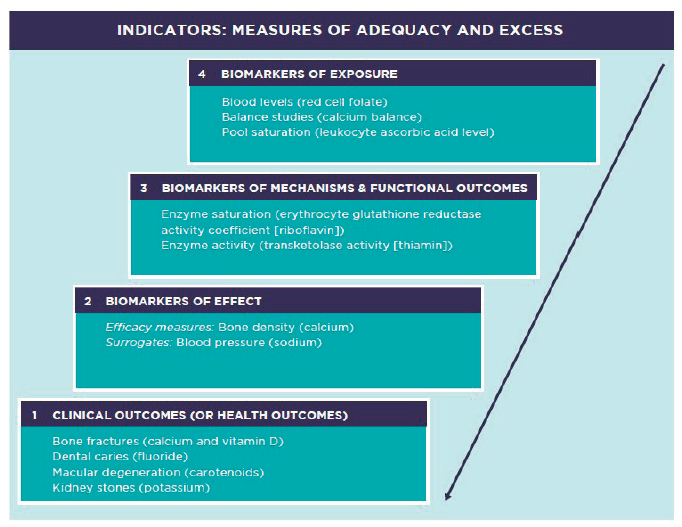



2 The Current Process To Establish Dietary Reference Intakes Guiding Principles For Developing Dietary Reference Intakes Based On Chronic Disease The National Academies Press



Recommended Levels Of Vitamins And Minerals History Rda Dri Vitamindwiki




8 4 Dietary Reference Intakes Dris Nutrition Flexbook




M2o Nutrition Exam 1 Flashcards Quizlet




Dietary Reference Intakes What Nutritionists And Other Health




Mean Calcium Intake As Percent Of Rda Download Table
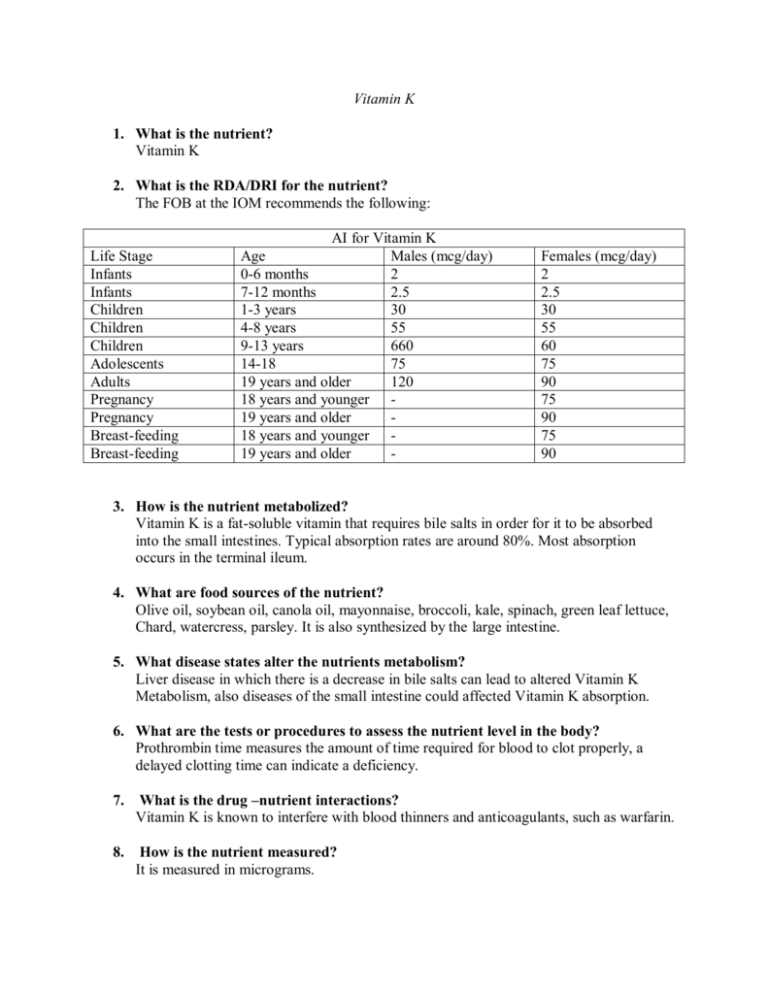



Vitamin K 1 What Is The Nutrient Vitamin K 2 What Is The Rda Dri
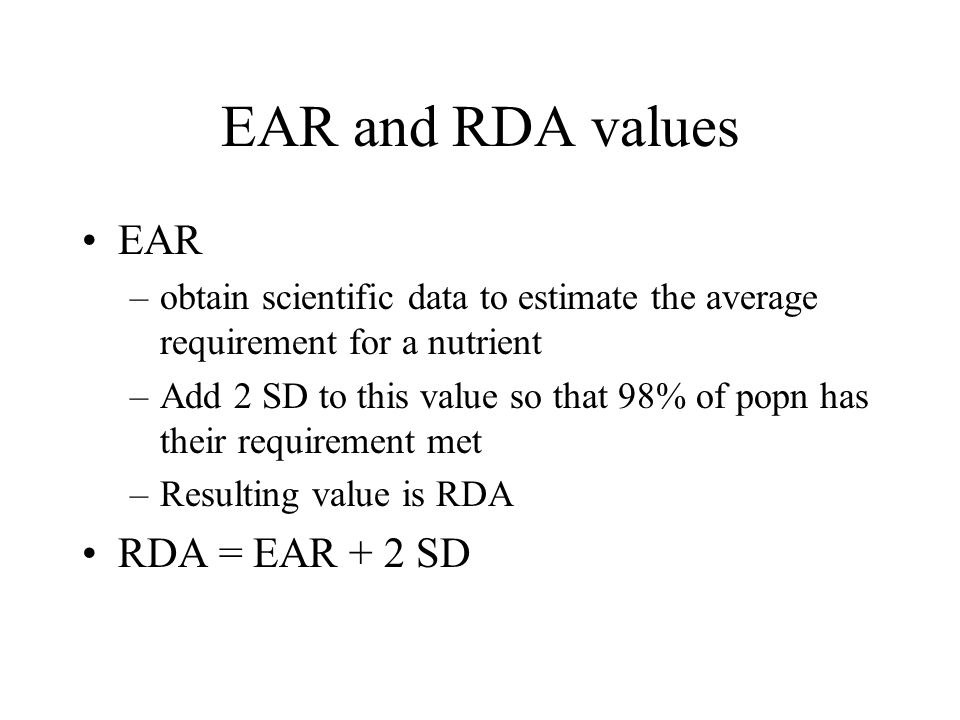



Dietary Reference Intakes Ppt Download




Dietary Reference Intakes Journal Of The American Dietetic Association




Dietary Reference Values Drv Dietary Reference Intakes Dri For Download Table



2




Defining Nutrient Requirements Dietary Reference Intakes Nutrition Science And Everyday Application




Figure 1 Comparison Of Parenteral Intake With Recommended Daily Download Scientific Diagram
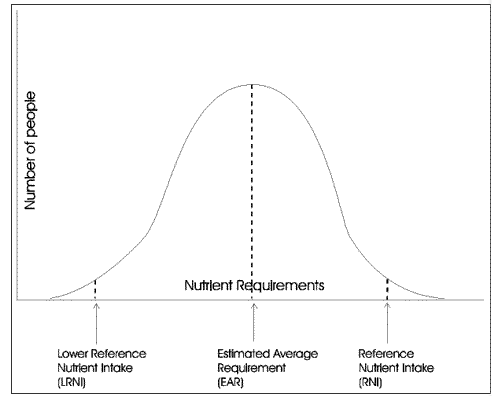



Dietary Reference Values Drvs Nutrition Analysis Tutorials Nutritics User Guide




Interpreting And Using The Dietary References Intakes In Dietary Assessment Of Individuals And Groups Journal Of The American Dietetic Association
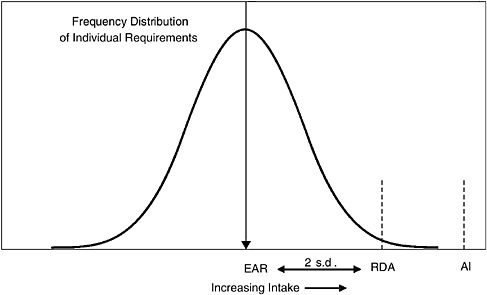



11 Dietary Reference Intakes Applications In Dietary Assessment And Planning Dietary Reference Intakes Research Synthesis Workshop Summary The National Academies Press
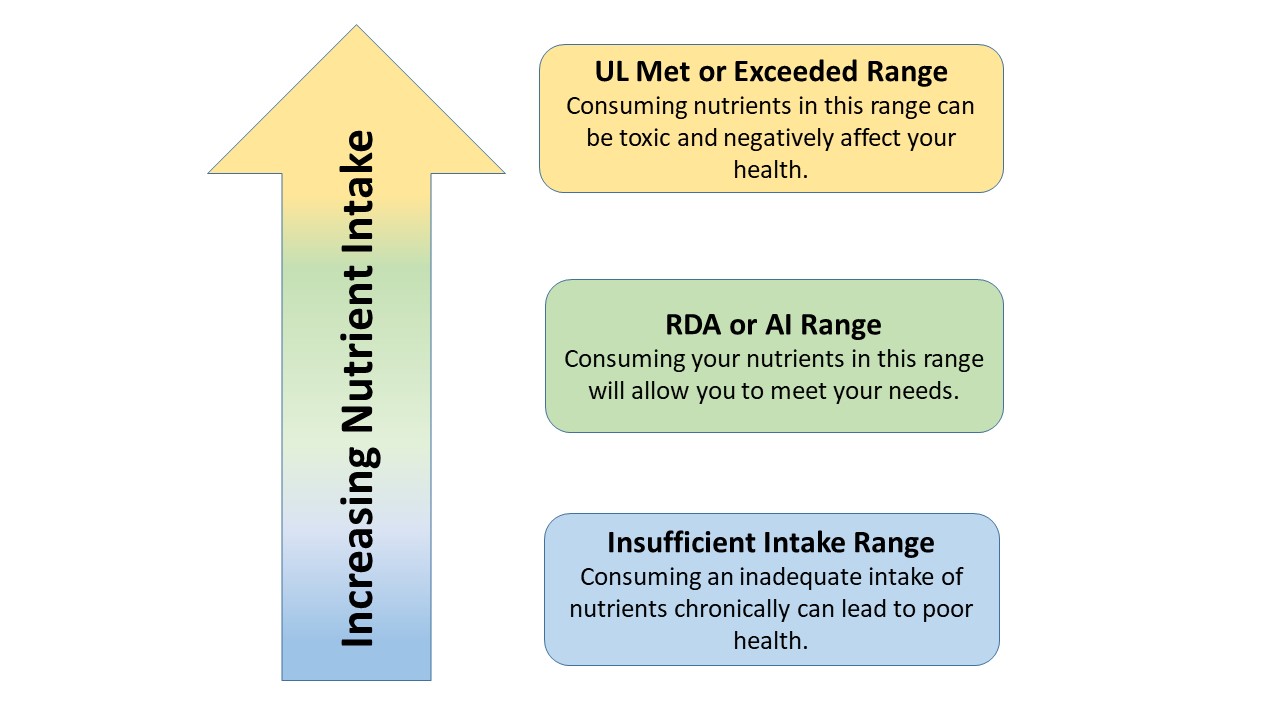



1 15 Understanding Dietary Reference Intakes Medicine Libretexts



Http Www Who Int Nutrition King Presentation Pdf




Quiz Worksheet Types Of Dietary Reference Intakes Study Com
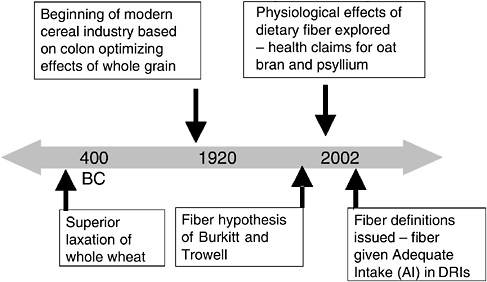



7 Dietary Reference Intakes For Energy Carbohydrate Fiber Fat Fatty Acids Dietary Reference Intakes Research Synthesis Workshop Summary The National Academies Press



Http Www Who Int Nutrition King Presentation Pdf




Dr Jan De Vries Abstract




8 4 Dietary Reference Intakes Dris Nutrition Flexbook




Rda Call For Proposals Digital Repository Ireland



Key Bone Building Nutrients An Overview Sound Health And Lasting Wealth




Calcium And Vitamin D Recommended Dietary Allowances Rda By Life Stage 1 Download Table
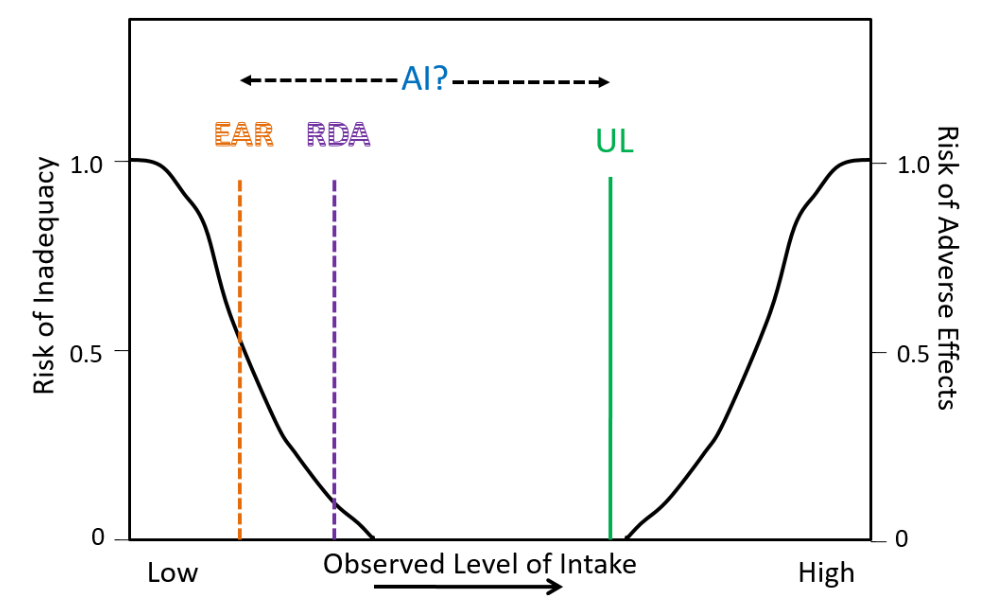



8 4 Dietary Reference Intakes Dris Medicine Libretexts



What Does Rda Mean Food Labels Healthier Active Alive Wellness After 50




Defining Nutrient Requirements Dietary Reference Intakes Nutrition Science And Everyday Application




Dietary Reference Intakes Journal Of The American Dietetic Association
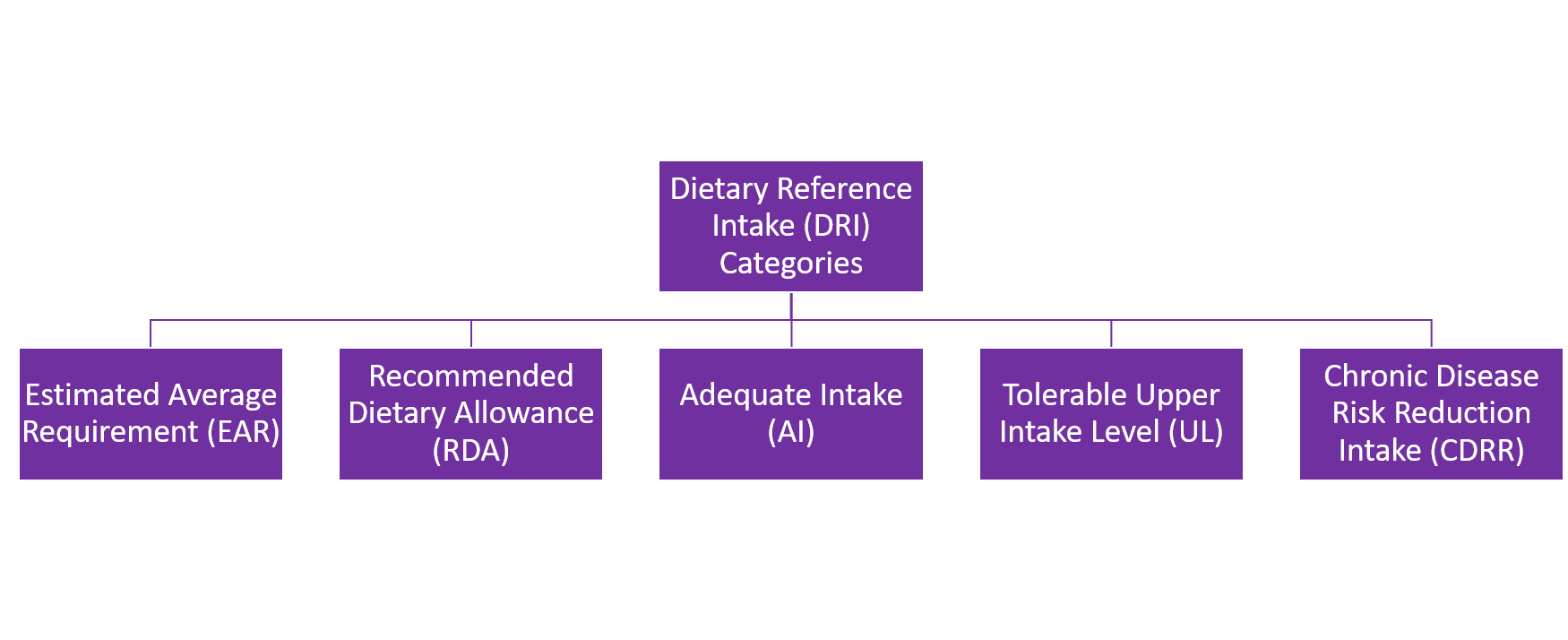



2 4 Understanding Dietary Reference Intakes Dris Medicine Libretexts




Guide To Diet Recommendations Dri Rda Eer Etc Youtube




Nutrition For Foodservice And Culinary Professionals Chapter 1




Chapter 11 Introduction To Nutrition For Introduction Exercise




2 1 Food Labels Introduction By Law The Food Label Provides Consumers With A Great Deal Of Information Abut The Nutrient Content Of Food With In In Ppt Download




Recommended Dietary Allowance An Overview Sciencedirect Topics
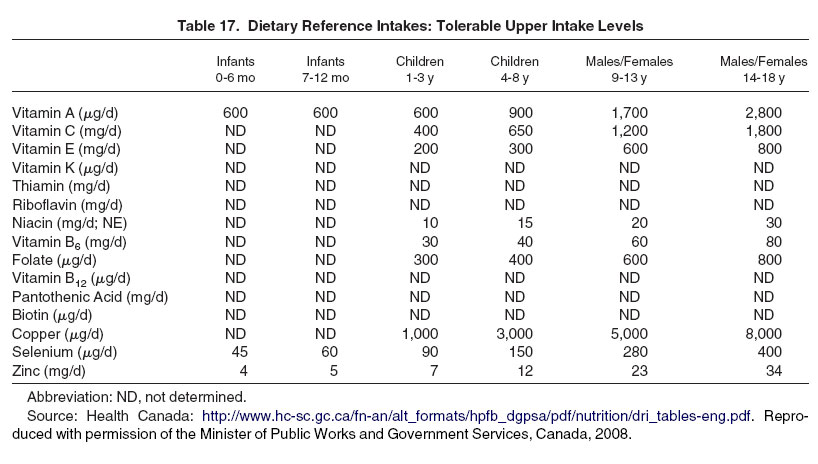



Nkf Kdoqi Guidelines
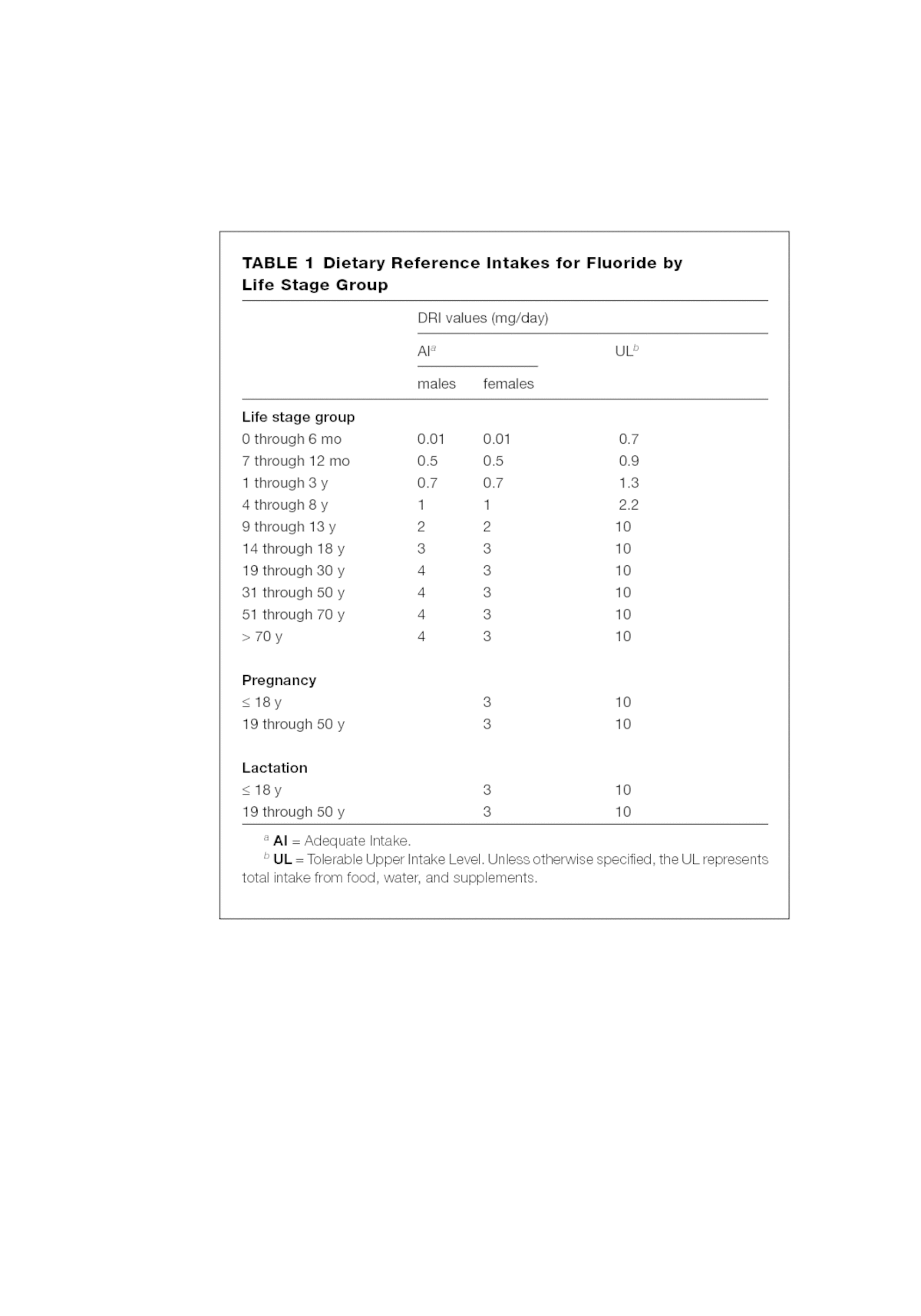



Fluoride Dietary Reference Intakes The Essential Guide To Nutrient Requirements The National Academies Press



1



1




Guide To Diet Recommendations Dri Rda Eer Etc Youtube




Chapter 4 Nutrition Guide Lines Jasmine Flashcards Quizlet




Chinese Rdas For Energy And Calcium Download Table
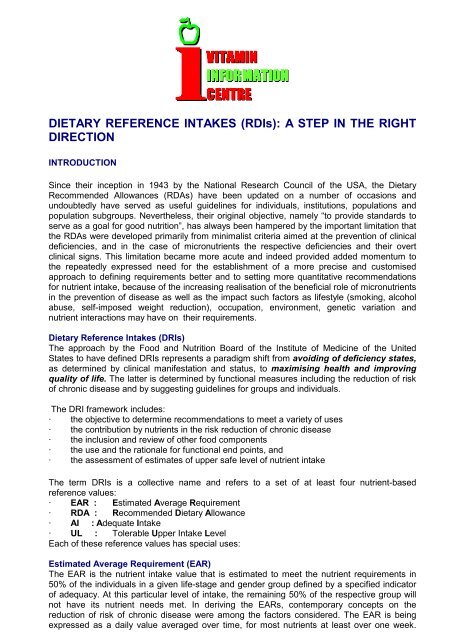



Dietary Reference Intakes Rdis A Step In The Right




Guidelines For Healthy Eating Nurse Key




Rda4eosc Webinar Addressing Organisational Interoperability Digital Repository Ireland




Defining Nutrient Requirements Dietary Reference Intakes Nutrition Science And Everyday Application




Dietary Reference Intakes Cases Of Appropriate And Inappropriate Uses Trumbo 13 Nutrition Reviews Wiley Online Library




8 4 Dietary Reference Intakes Dris Nutrition Flexbook
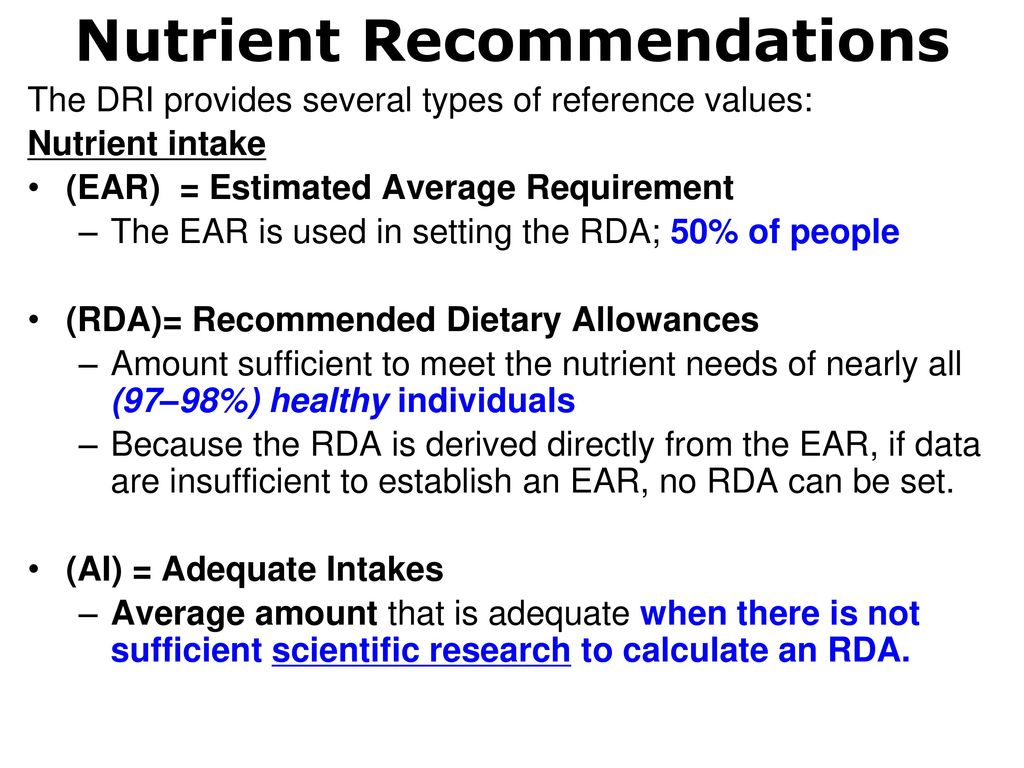



Dietary Reference Intakes Ppt Download
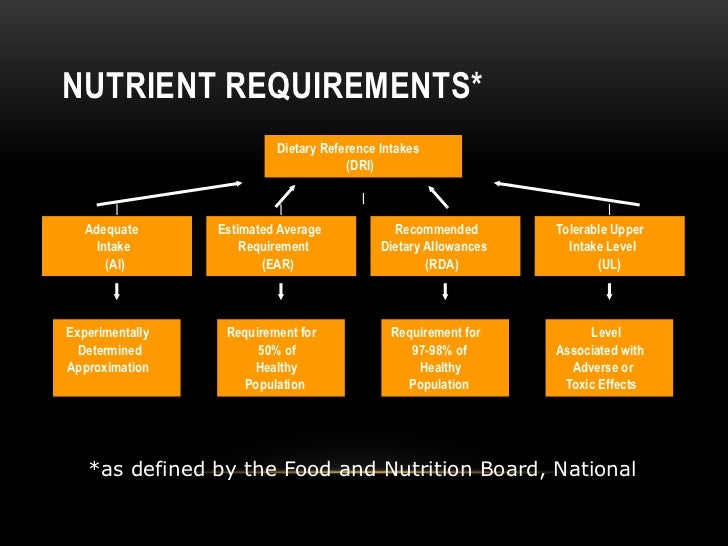



Nutritional Requirements




Dietary Reference Intakes Ear Rda Ai Ul Video Lesson Transcript Study Com
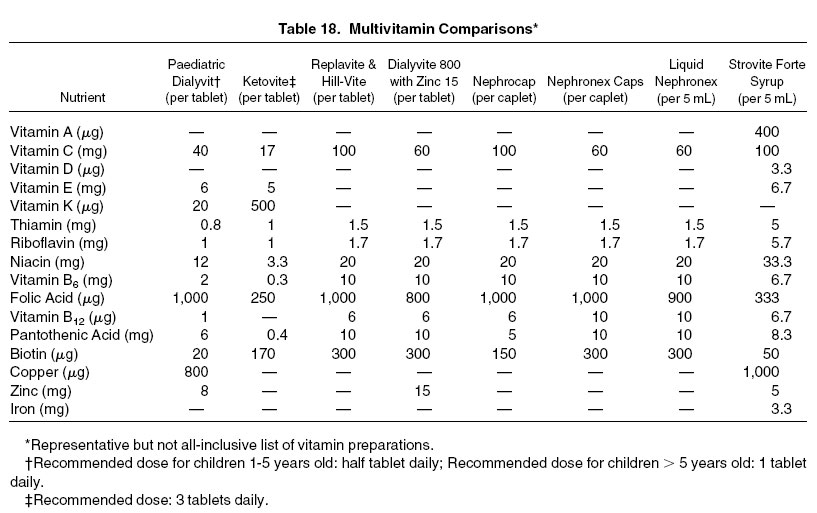



Nkf Kdoqi Guidelines




Rda Vs Rdi Vs Dv How Are They Different Watson Inc




Match The Dri That Corresponds With The Definition Given Below Note Each Dri Can Be Used Homeworklib




Recommended Dietary Intakes Nutritional Doublethink




Micronutrients Overview Dietary Reference Intakes Dris Human Nutrition




The Dietary Reference Intakes Dri




Protein A Nutrient In Focus
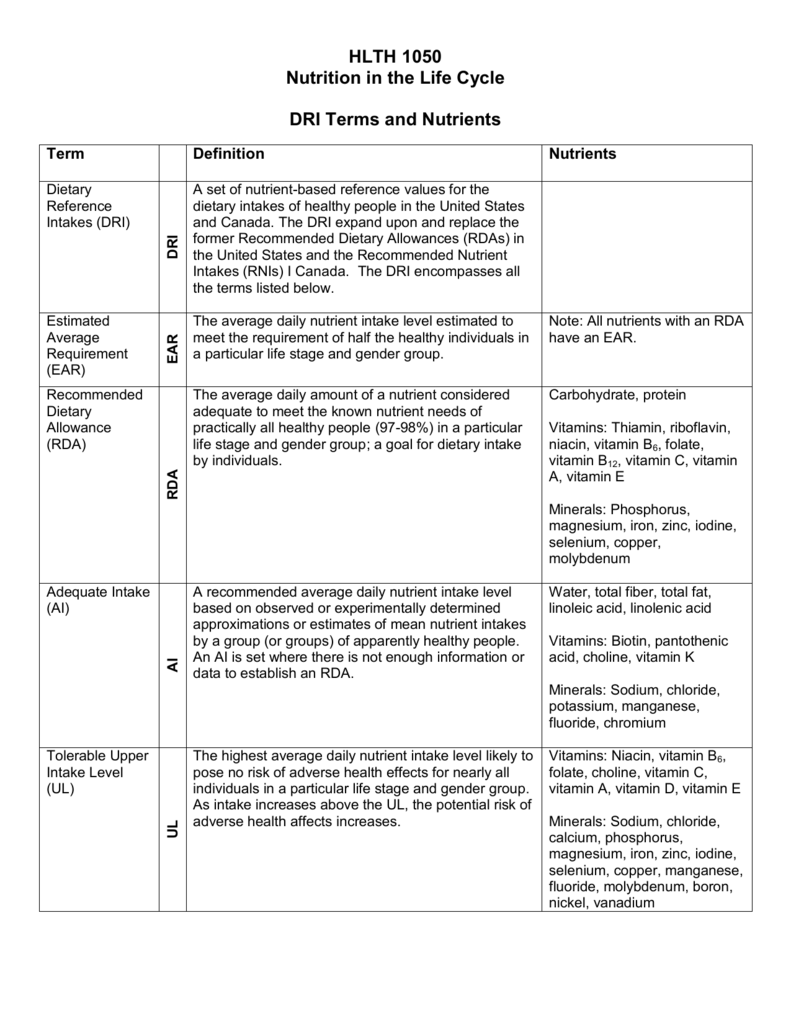



Unit 1 Hlth 1050 Dri Terms



2




Vitamin C Update What Is The Rda And How Much Is Best For You Wholefoods Magazine



1




Table 1 From How To Read Food And Dietary Supplement Labels Semantic Scholar




Unit V Integration Of Metabolism Ppt Download




Nutrition Lecture V Nutrition Nourishment Is The Provision




1 15 Understanding Dietary Reference Intakes Medicine Libretexts




Dri Vs Rda Youtube
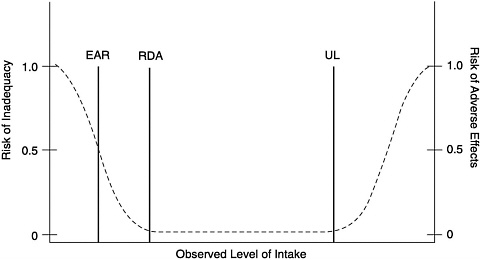



1 Dietary Reference Intakes Dietary Reference Intakes For Calcium Phosphorus Magnesium Vitamin D And Fluoride The National Academies Press




Application Of Dietary Reference Intakes For Codex Nutrient Reference Values




U S Rda For Vitamin A In Retinol Activity Equivalents Hunger Math
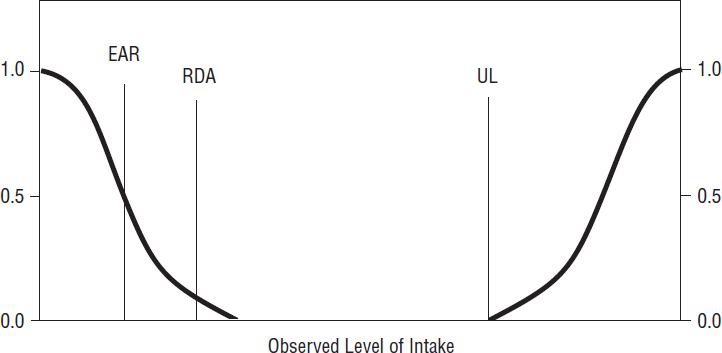



2 The Current Process To Establish Dietary Reference Intakes Guiding Principles For Developing Dietary Reference Intakes Based On Chronic Disease The National Academies Press



Nutrition Tables




Comprehensive Review Of Nutritional Components For Occupational Health Nurses Part 1 Semantic Scholar




Dietary Reference Intakes Summary Of Applications In Dietary



コメント
コメントを投稿